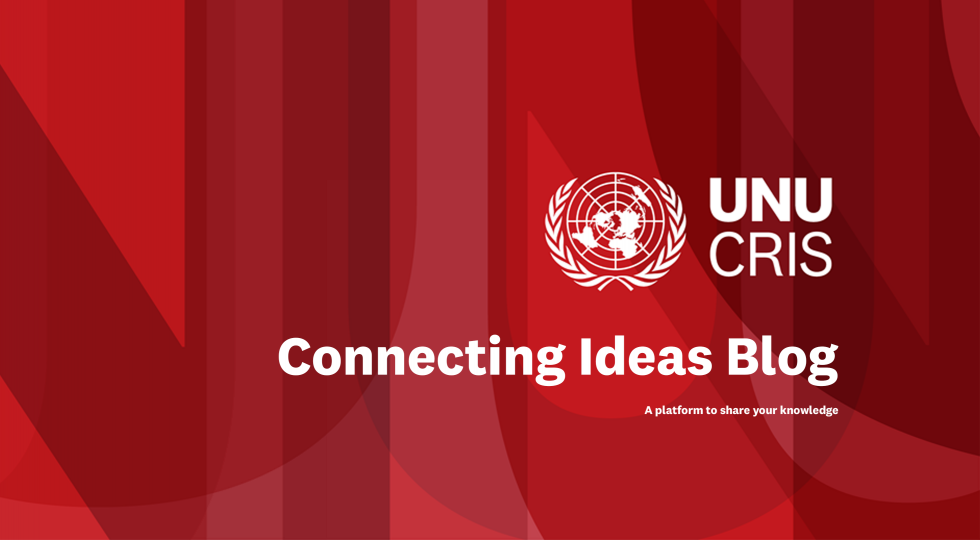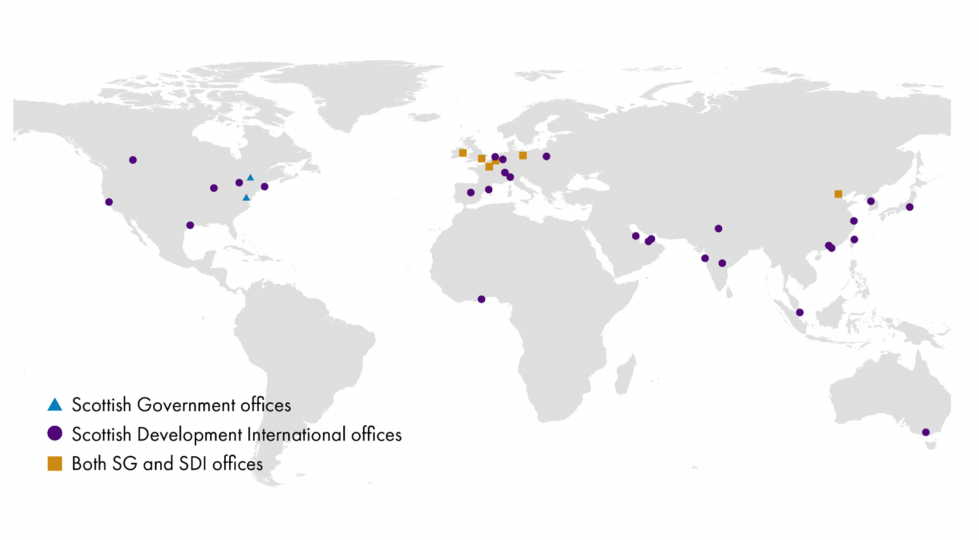New Actors on the Bloc: Paradiplomacy and Regionalism

PhD Fellow, UNU-CRIS
11 January 2024 | #24.01 | The views expressed in this post are those of the author(s) and may not reflect those of UNU-CRIS.
In 2008, a seminal Foreign Affairs article argued that “states are being challenged from above, by regional and global organisations; from below, by militias; and from the side, by a variety of nongovernmental organizations (NGOs) and corporations.” Fifteen years later, states are also challenged from within, by their own constituent units. Regions, the government level directly below the central state, increasingly practice their own international relations, known broadly as paradiplomacy. Ongoing global developments have brought paradiplomacy, a once marginal practice, to the forefront. Brexit, climate change, and development cooperation are three of the many issues galvanising paradiplomacy and raising new questions about this practice and its relationship with regionalism.
Out of the EU, in trouble? Scotland’s Brexit paradiplomacy
In 2016, Scotland notably voted to remain within the EU. In the years since Brexit, Scotland has maintained a pro-EU paradiplomacy despite - or due to - the UK’s withdrawal from the bloc. Scotland has expanded its network of external representative offices to nine, the most recent of which opened in Copenhagen in 2022. Scotland’s direct engagement with foreign states, particularly EU members, became a point of contention in spring 2023. UK Foreign Secretary James Cleverly wrote to UK officials, instructing them to take a “strengthened approach” to overseeing visits involving Scottish ministers and overseas governments. The Scottish government allegedly transgressed in meetings with foreign ministers by discussing reserved matters such as Brexit and Scottish independence, allegations Scottish officials deny. This controversy highlights the complex intersection of paradiplomacy and regionalism, particularly when regions and central states differ on their policy towards the latter.

Scotland’s international footprint
Filling the void: California and Amazon climate change paradiplomacy
Paradiplomacy also emerges to fill the void of central state inaction. The United States is the second-largest emitter of greenhouse gases. As the second-largest emitter within the United States, the most populous American state, and the world’s fifth-largest economy, California is uniquely placed to engage in climate change paradiplomacy. Although climate change has been a bipartisan priority in California since the early 2000s, Donald Trump’s June 2017 announcement to withdraw the United States from the Paris Agreement on Climate Change spurred California to engage in even greater climate change paradiplomacy, a trend which has continued during the Biden Administration. In 2022, California signed an agreement with New Zealand to help fight climate change by sharing ideas and best practices. This was followed by signing a similar agreement with Canada during the Summit of the Americas- a gathering originally intended for leaders of countries, not regions. The 2024 American presidential election introduces the possibility of a return to a less climate-friendly administration. On the surface, this possibility would appear to endanger California’s climate change paradiplomacy. On the other hand, it may have the opposite effect, galvanising further paradiplomacy as a counter-balance to national inaction.
Climate change paradiplomacy compensating for national inaction is not limited to North America. In South America, Jair Bolsonaro’s tenure as President of Brazil was characterized by a weak environmental record, particularly in the Amazon rainforest. The Amazon’s critical importance to the global environment magnified foreign states’ frustration at Bolsonaro’s lack of commitment. To fill this vacuum, in 2019 nine Brazilian states comprising the Amazon region initiated a mechanism allowing foreign countries to contribute directly to state-level projects to preserve the Amazon, bypassing the usual state-to-state climate diplomacy. Instead, this region-to-state channel targeted several European countries, notably France, through paradiplomacy to fund its efforts. In case Brazil similarly returns to a less climate-friendly federal administration, the EU is recommended to reorient its environmental programmes away from cooperating with the federal administration and instead focus on regional governments.

California Governor Gavin Newson and New Zealand Prime Minister Jacinda Ardern
Meeting goals together: Western Cape development paradiplomacy
Paradiplomacy does not necessarily run counter to central state foreign policy. On the contrary, paradiplomacy can at times strengthen, complement, and advance central state foreign policymaking. Paradiplomacy is often driven by socio-economic development, a goal shared by central states. This pattern has been evident in South Africa since the 1990s. Paradiplomacy by South African provinces, notably the Western Cape, aligns with national foreign policymaking in its focus on achieving the Millennium Development Goals (MDGs). The Western Cape has developed a reputation of using paradiplomacy in the form of international partnerships to support development efforts. If or when these paradiplomatic efforts are successful, they can help to smooth out South Africa’s highly uneven developmental landscape. South African provinces also share the national government’s pan-African foreign policy and present themselves as proponents of regional cooperation, namely with the African Union. The role of South African paradiplomacy in development can serve as a guide for the African Union’s own developmental plan.
Paradiplomacy: here to stay but not (yet) understood
The aforementioned cases show the diversity of paradiplomatic actors and activities. They also highlight three major sets of questions about paradiplomacy:
- Our understanding of paradiplomacy has traditionally been limited to “usual suspect” cases such as Canadian provinces, Spanish autonomous regions, and German Länder. Yet paradiplomacy is not limited to regions in Western, democratic states. How do regions in Global South, non-democratic, and/or fragile states practice paradiplomacy? Which opportunities and and challenges do they face?
- Paradiplomacy can run parallel to, complement, or contradict a central state’s foreign policy. Paradiplomatic activities and rhetoric which challenge a central state’s foreign policy can morph into protodiplomacy, a conflictual type of paradiplomacy with potentially dangerous implications, leading to or exacerbating secessionism. How does paradiplomacy impact central state foreign policymaking? How can central states balance using paradiplomacy to their own advantage while mitigating the risk of potential conflict?
- Paradiplomacy does not only present a challenge for states. Paradiplomacy has developed in parallel with regionalism. Although regional organizations such as the EU, Mercosur, the African Union, ASEAN, and the OAS limit their official membership to states, they are an important opportunity structure for paradiplomacy. How do regional organizations integrate paradiplomatic actors? Should such actors be integrated at all?
